
Bamboo-based fabrics have stirred up controversy among environmentalists. There is disagreement as to whether or not they are eco-friendly textiles. Let's explore why the potential impact of bamboo textiles on the environment raises this debate.
A sustainable raw material

Bamboo is one of the world's fastest-growing plants and is considered invasive. It therefore tends to overgrow on its own. The trunk of the bamboo plant contains antibacterial substances that enable it to defend itself against insects and fungi.
As a result, bamboo requires no pesticides to ensure its healthy growth. What's more, bamboo requires 4 times less water than cotton. Bamboo forests absorb up to 30% more CO2 and release up to 30% more oxygen than other types of forest. Its yield per hectare is among the highest, although it takes 3 to 5 years to reach maturity. Thanks to its plant origin, its fiber is biodegradable.
For all these reasons, the raw material associated with bamboo textiles is considered ecological and sustainable. However, this plant does not have the capacity to grow in our climates, and is mostly sourced from China.
Like all forests, the harvesting of bamboo means that it cannot escape deforestation. The United Nations raised a red flag on the subject in 2004, and since then several studies and more or less effective remedial actions have been carried out.
There are two types of textile made from bamboo. The first is called bamboo linen, while the second is called rayon, viscose or bamboo modal.
Bamboo linen

This type of textile is converted into yarn without chemical agents. A mechanical process similar to that used to weave linen is used. The plant is first crushed and then transformed into pulp using natural enzymes. The fiber is then combed and spun. As this process is mechanical and natural, it is considered 100% ecological. However, this textile is still very rare and, because of its rarity, very expensive, making it a luxury product.
Rayon, viscose or bamboo modal

This second technique is by far the most popular. However, it requires the use of chemicals. The chemicals used are soda, hydrogen sulfide or carbon sulfide. Its transformation process means that this textile is considered semi-synthetic. It is by far the most affordable bamboo textile on the market. Moreover, Mistra Futur Fashion, a Swedish organization, explains that when bamboo is subjected to a rayon process, the textile loses its antibacterial properties.
Comparison with cotton
First of all, unlike bamboo, traditional cotton requires a phenomenal amount of water, arable land and pesticides. In the United States, the world's biggest cotton exporter, cotton cultivation accounts for almost a quarter of the country's pesticide use. Once harvested, the fibers are washed and bleached with chlorine, which also has harmful effects on the environment.

A study of the physical characteristics of bamboo has been undertaken by two Indian researchers: Ajay Rathod and Avinash Kolhatkar. Their research compared a 100% bamboo fabric with a 50% bamboo/50% cotton blended fabric. The results of their research show that the 100% bamboo fabric has a significantly higher overall strength (breaking, tearing and wear) than the bamboo-cotton fabric.
Rathod and Kolhatkar also cite another study by Serkenden (2011). This study states that bamboo fabric has a more elastic fiber and less lint. It is also highly absorbent and requires less dye than cotton fabrics to be dyed to the desired level. It therefore absorbs dyes better and faster to achieve the desired results.
We believe that although imperfect, bamboo textiles (linen or rayon) certainly have less impact than petroleum-based cotton or polyester textiles.
So what?
We've already seen that bamboo textiles are made from an ecologically sustainable raw material. We now know that it is possible to transform this raw material into an almost perfectly ecological textile.
However, the most commercialized bamboo textiles undergo chemical treatment. On the other hand, although imperfect, we consider that clothing made from bamboo rayon is far better than clothing made from cotton, which is both more polluting and less resistant.
We also consider that bamboo textiles are far more environmentally friendly than petroleum-based polyesters, and that bamboo clothing meets many of the characteristics of the ecological textile we're looking for. However, we would like to see the bamboo linen technique become more accessible, or the rayon process made without the use of chemicals.



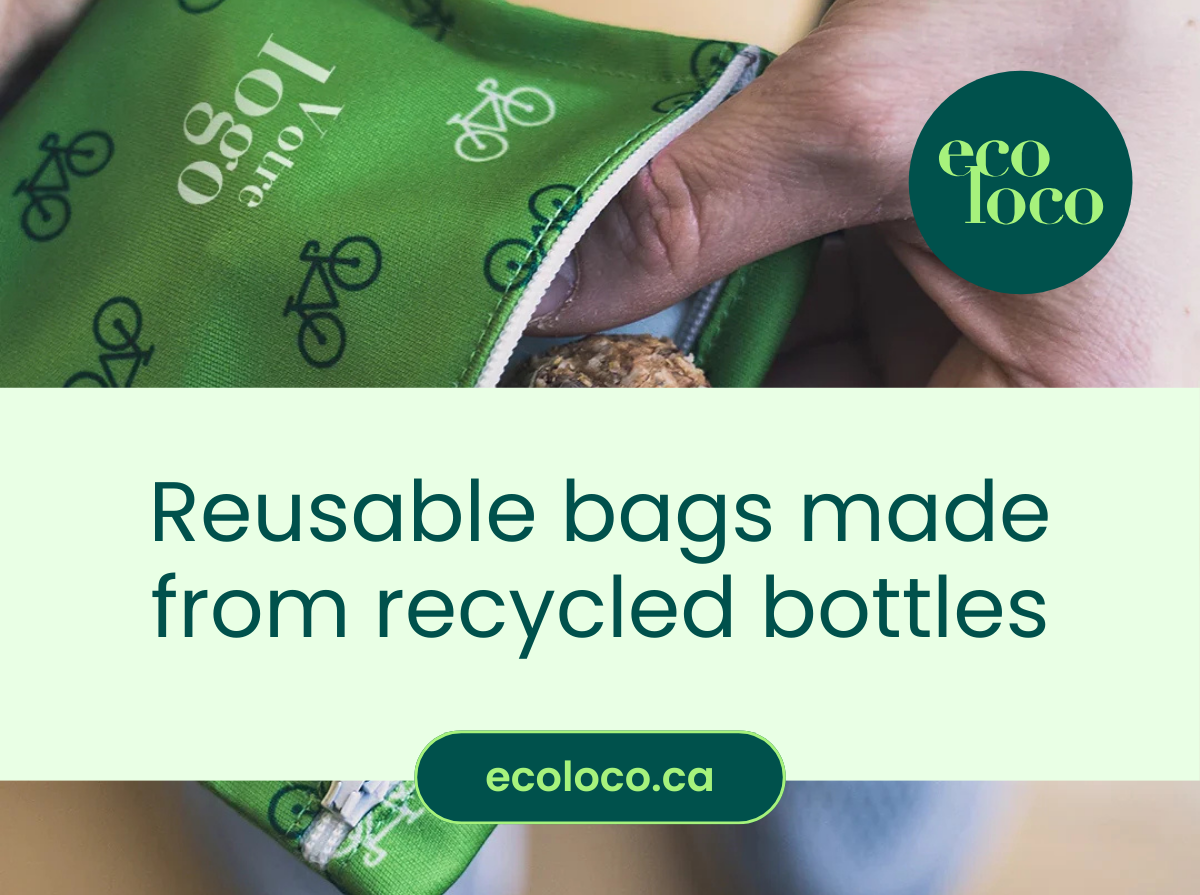
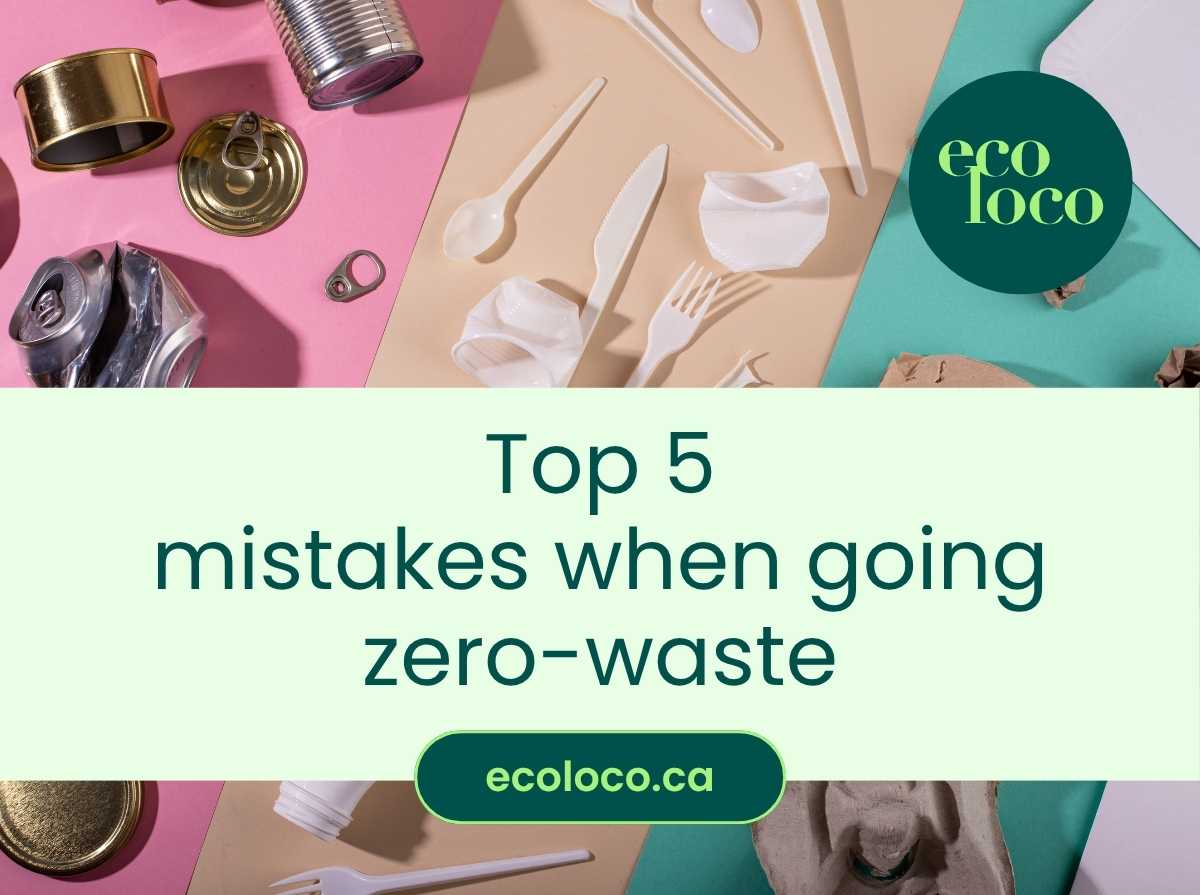
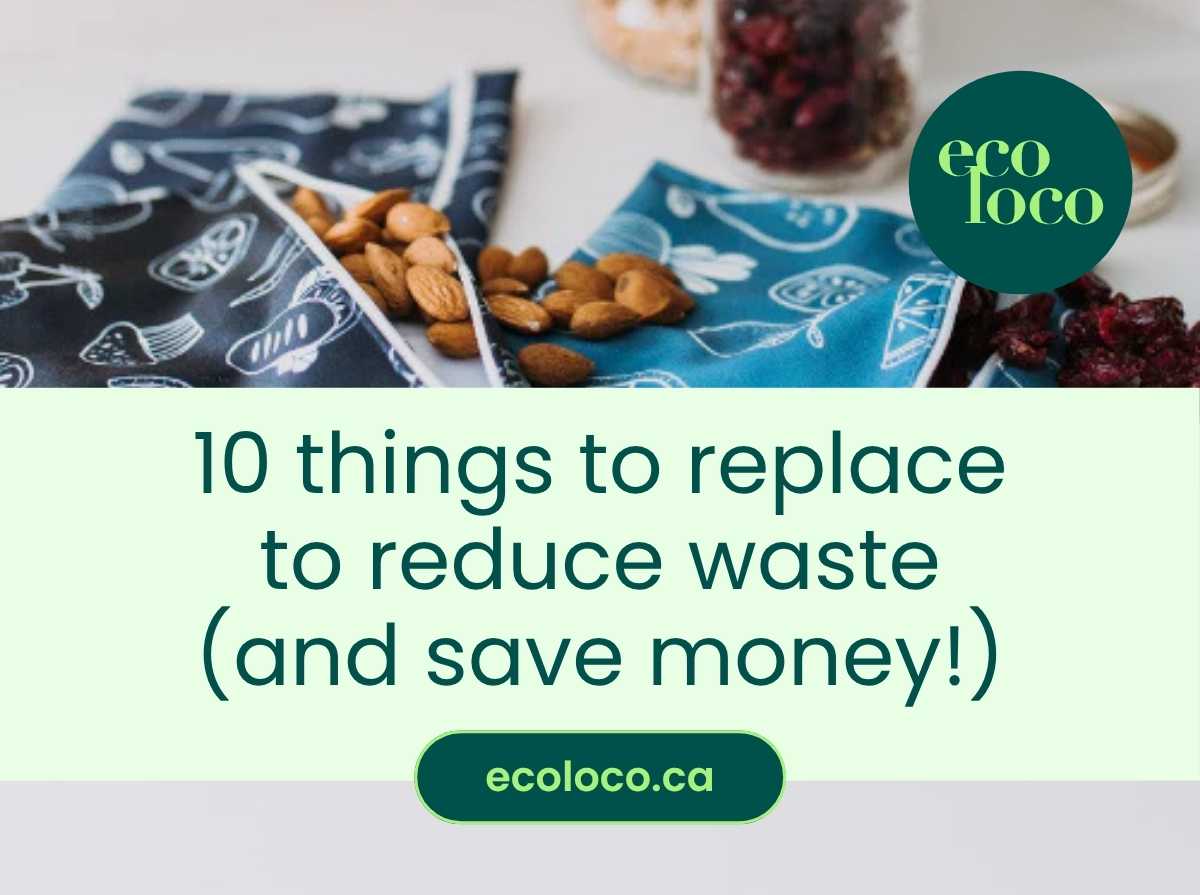
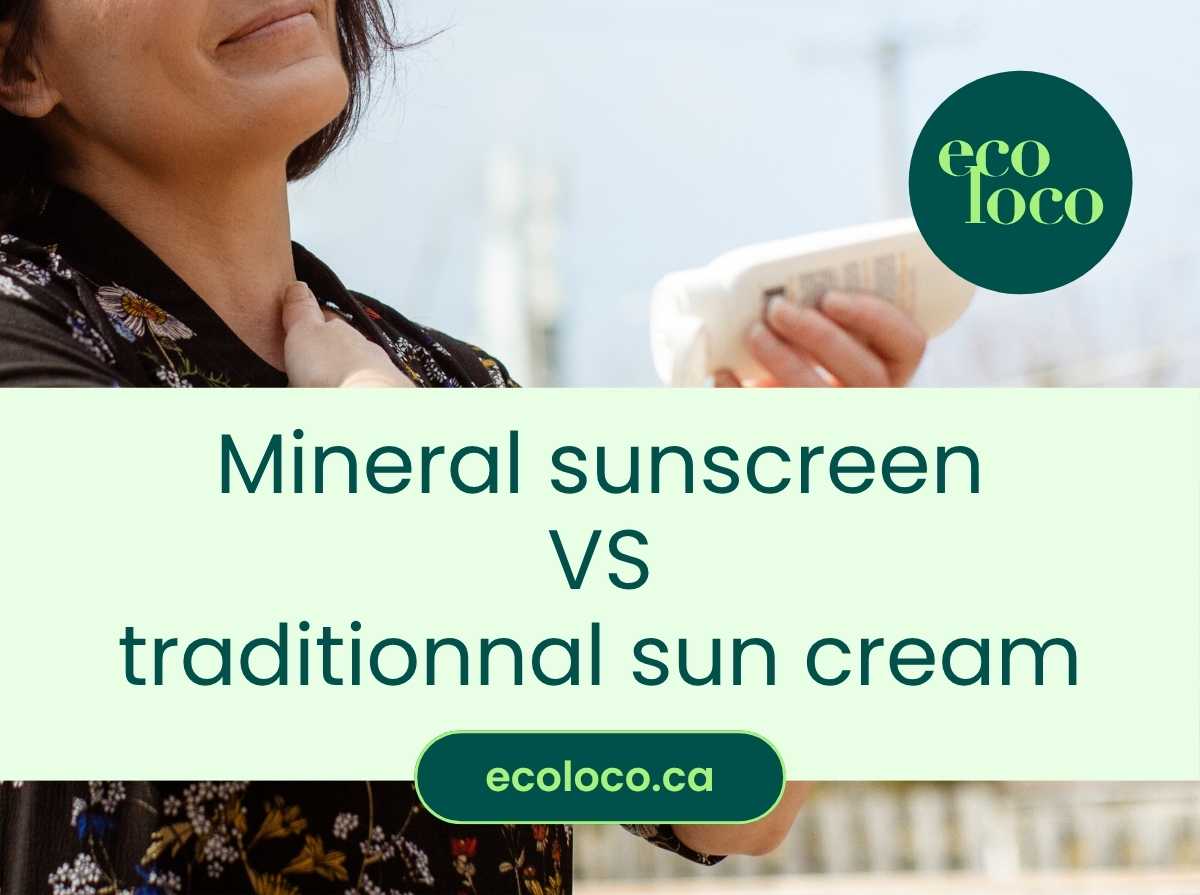

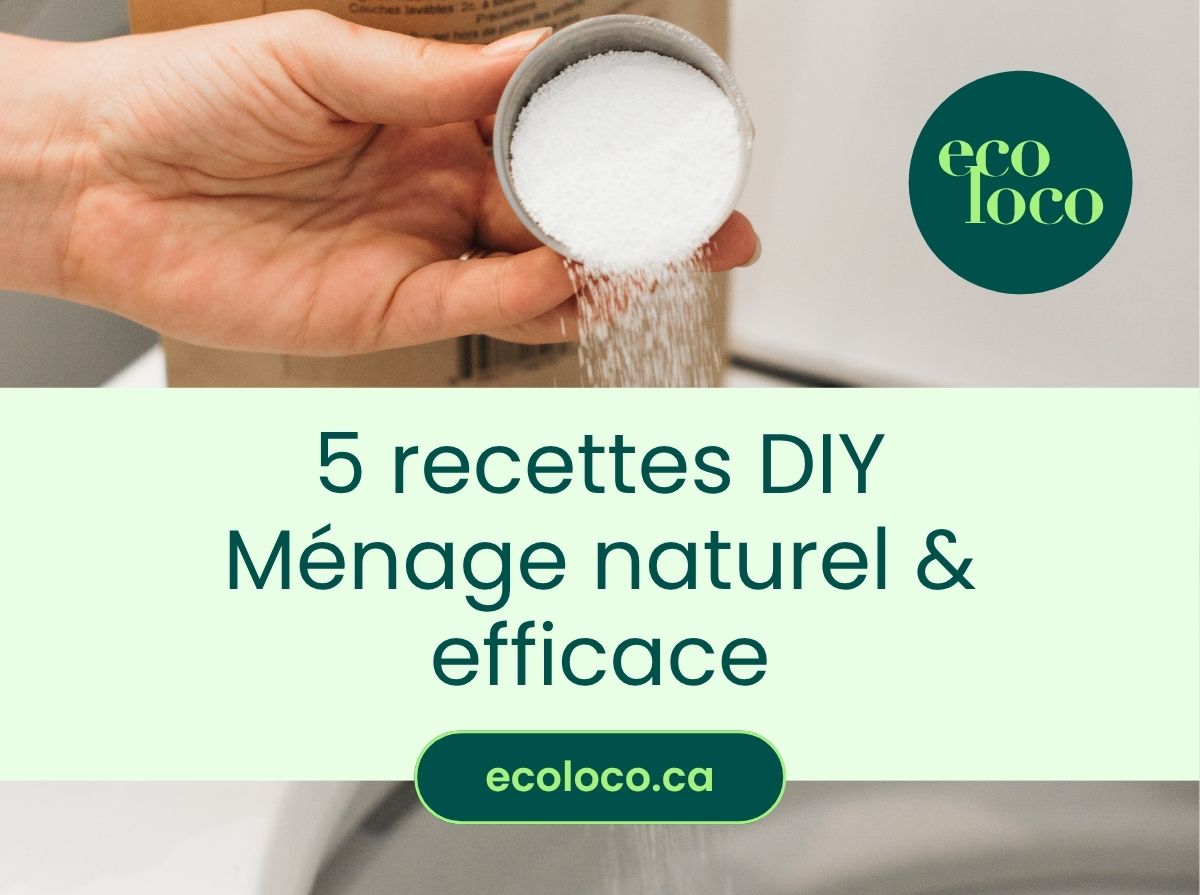
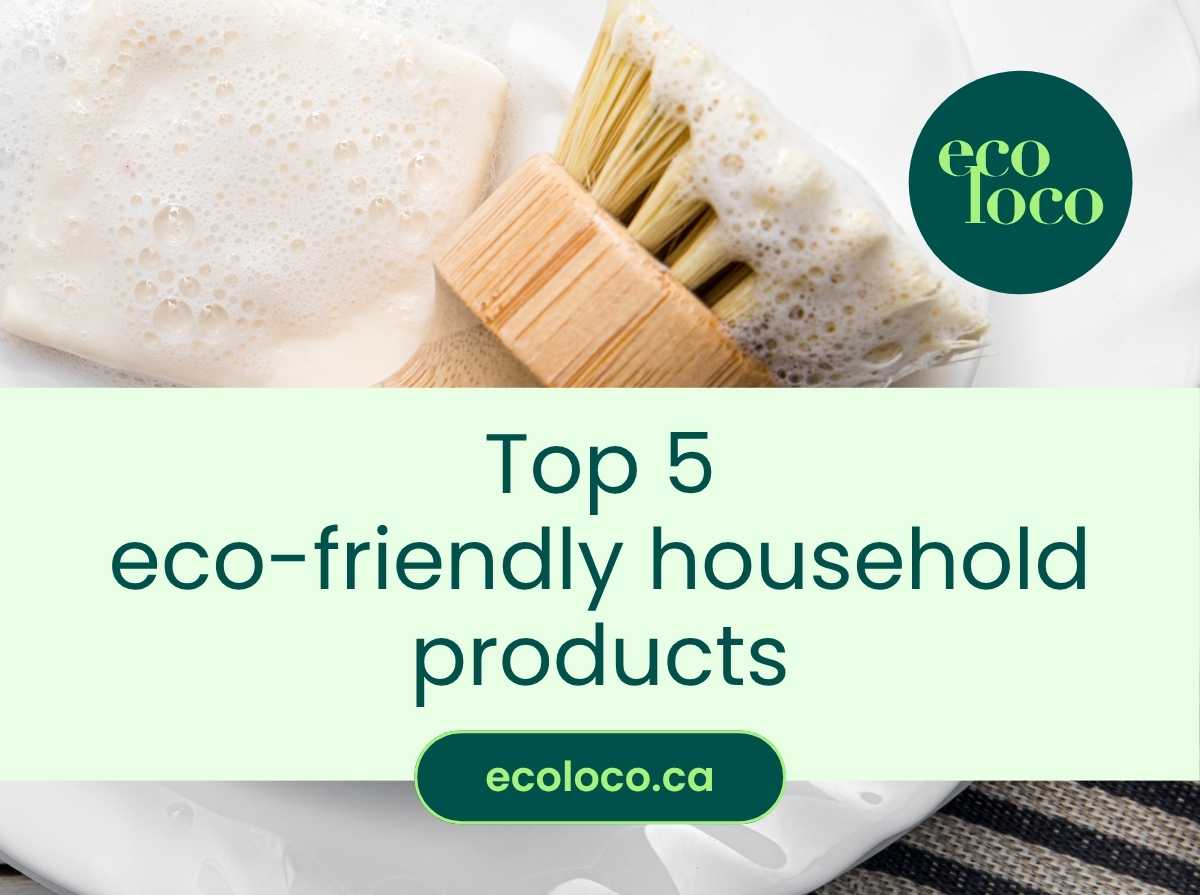
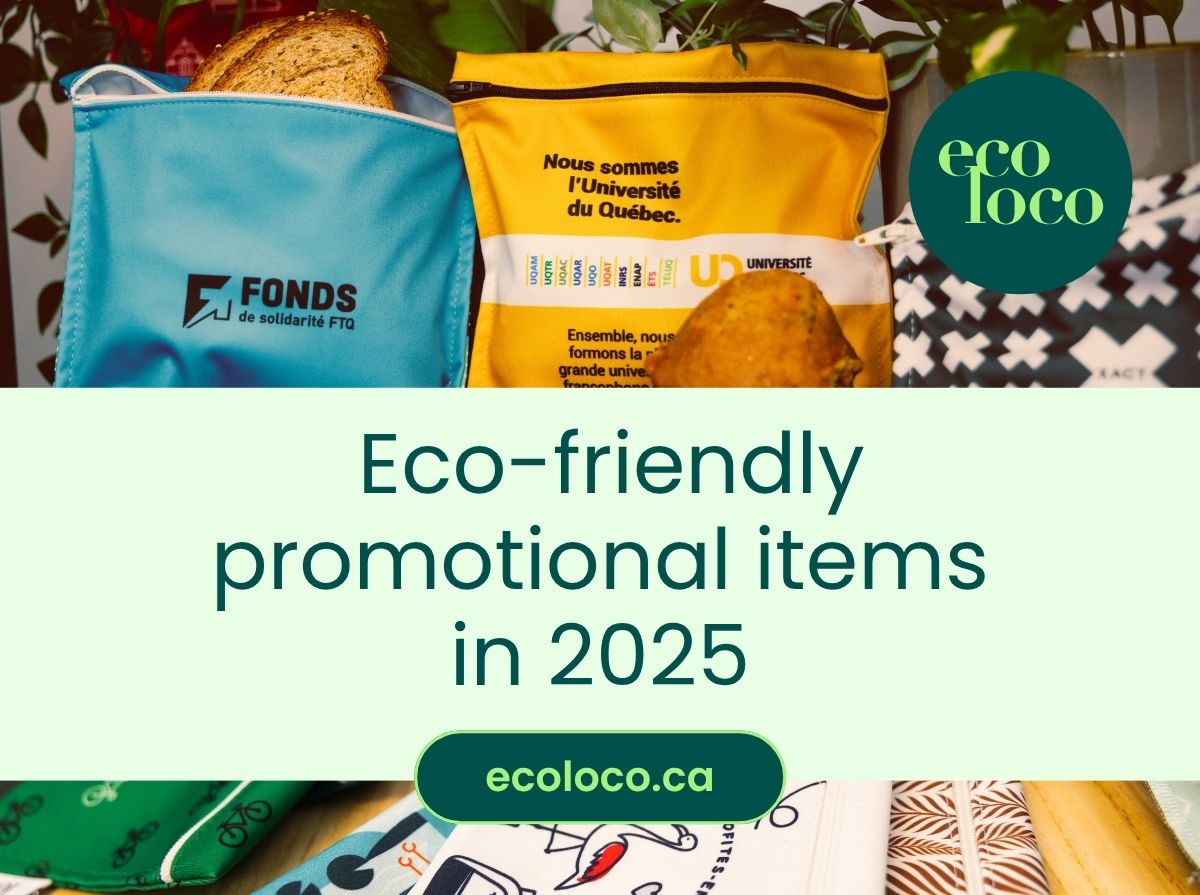
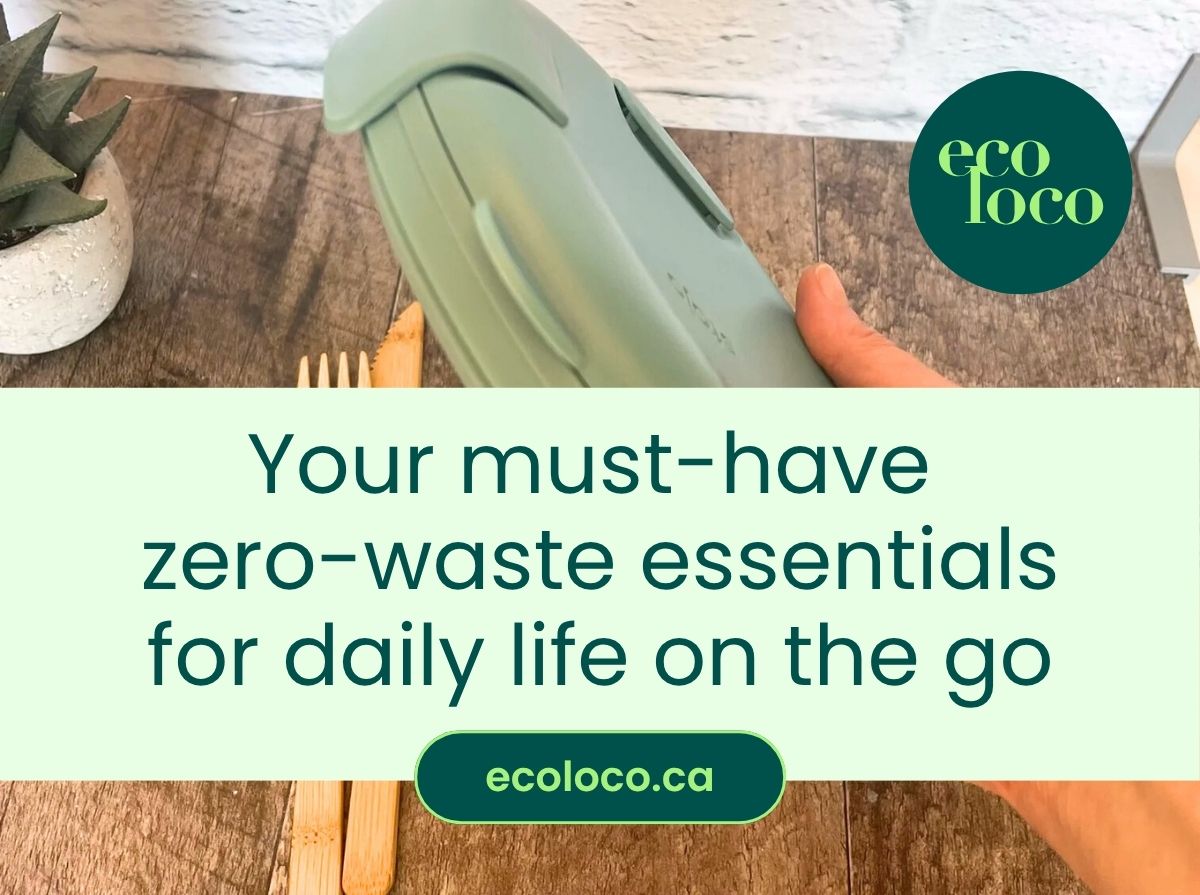
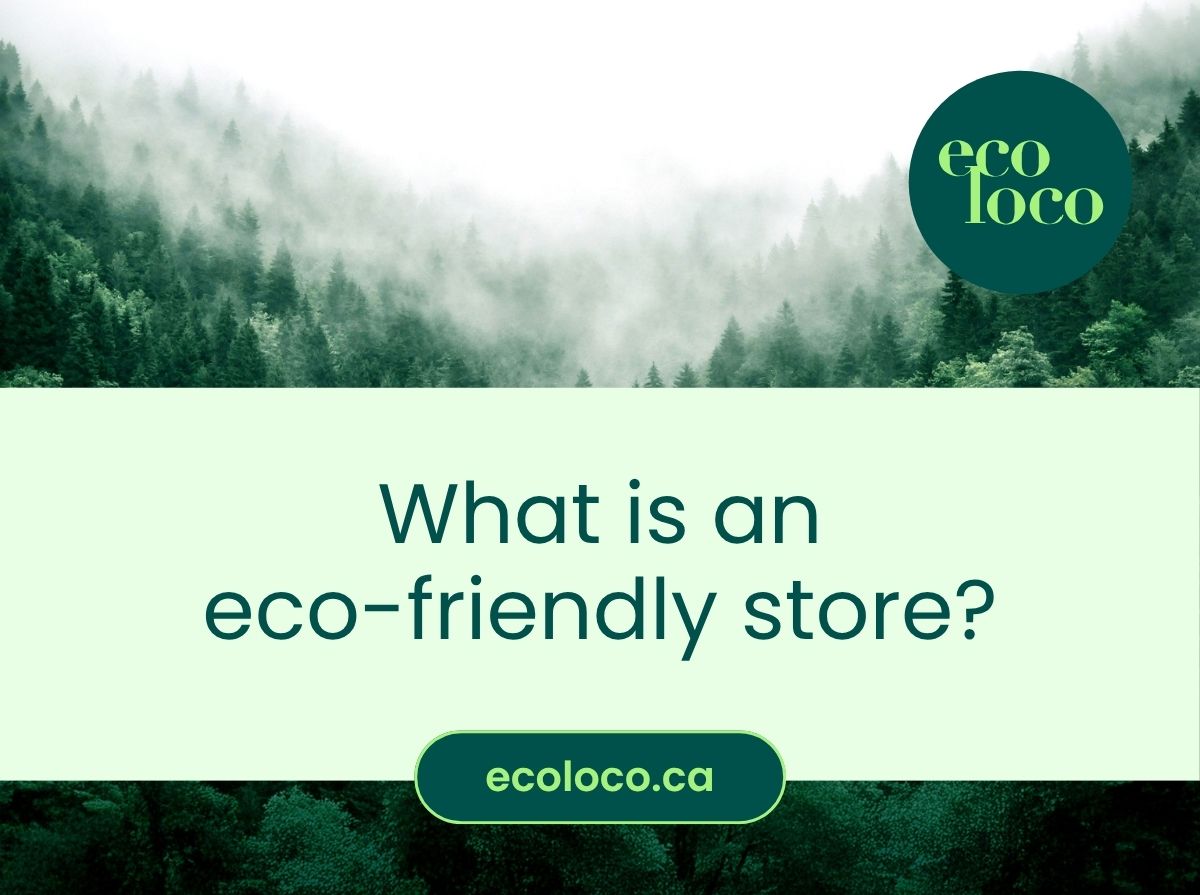
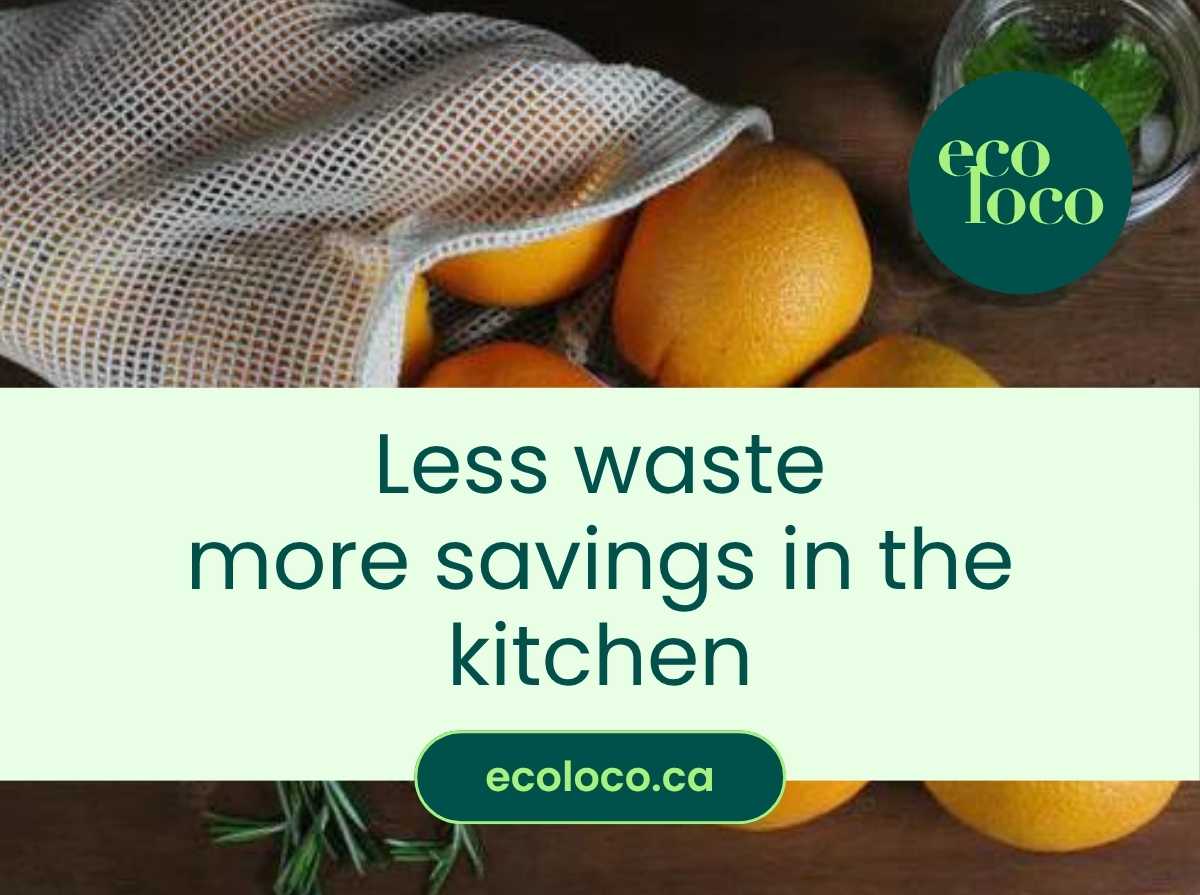
3 comments
Selon le Bureau de la concurrence, il n’existerait d’ailleurs aujourd’hui aucun article textile de consommation fabriqué à partir de fibres naturelles de bambou sur le marché canadien.article de: Le bambou, un tissu écologique?Comment exppliquer qu’il se vend de la literie de rayonne de bambou?
Enfin une réponse à mes questions ! 👍
Merci pour cette précieuse information